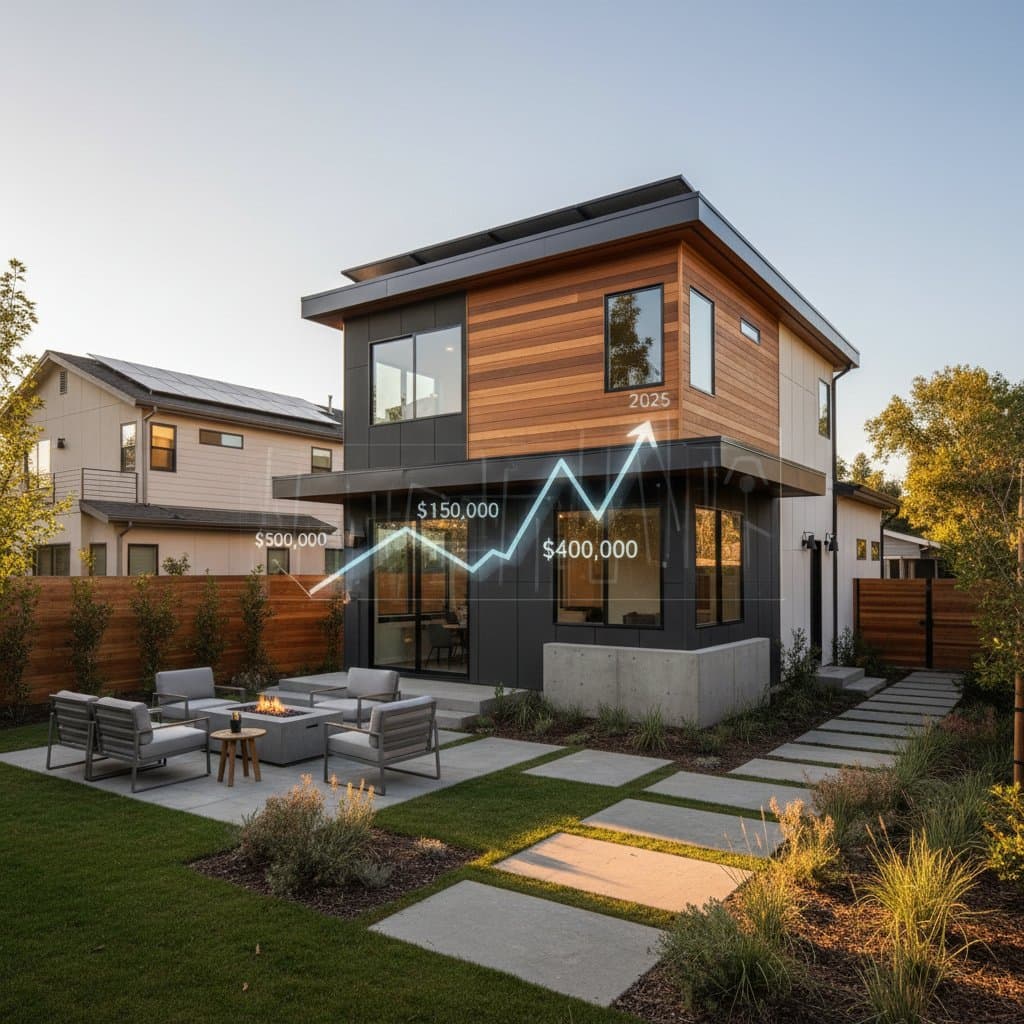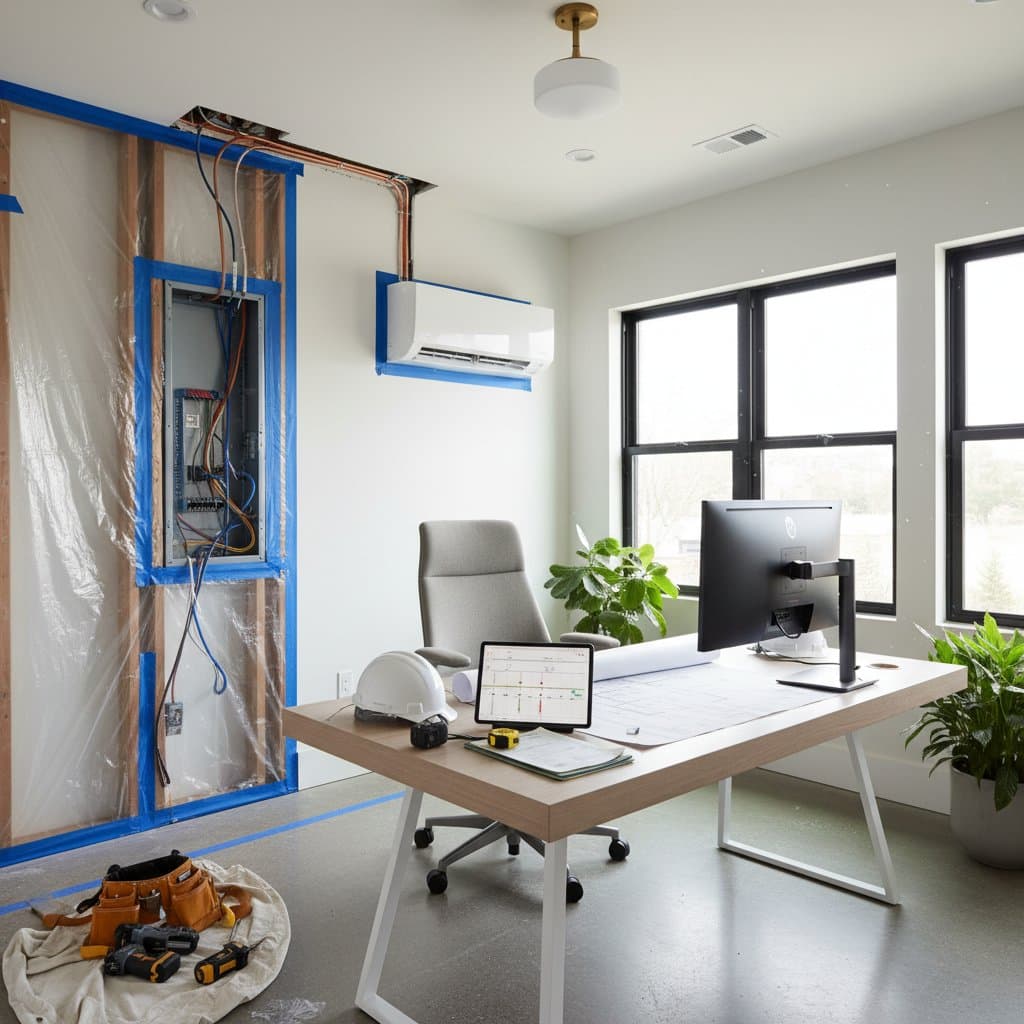Why Kitchen Island Costs Are Rising in 2025
Kitchen islands serve as the heart of contemporary kitchens, blending utility with style. Homeowners increasingly seek multifunctional designs that incorporate storage, seating, and appliances, turning basic setups into intricate systems. These expectations, combined with escalating material prices and labor expertise, explain the upward trend in costs. A detailed examination of these elements reveals how to approach installations with informed budgeting.
Defining the Scope of Your Kitchen Island Project
Projects vary from simple freestanding pieces to elaborate units with plumbing and wiring. Scope shapes both the final look and the financial commitment. Basic models feature cabinets and countertops, whereas advanced ones add sinks, cooktops, or refrigerators, each demanding extra trades like electricians or plumbers.
Establishing scope upfront enables accurate quote comparisons. Disparities in bids often arise from unlisted structural changes or high-end finishes. Clear definitions prevent miscommunications and ensure estimates align with expectations.
Breaking Down the Cost Structure
Costs fall into distinct categories that build the overall expense.
- Base cabinetry: Stock options begin at reasonable rates, but custom pieces can surpass $300 per linear foot.
- Countertops: Choices range from budget-friendly laminates to high-end quartz or granite, with prices fluctuating based on slab quality and size.
- Appliance integration: Incorporating a sink or stovetop requires separate plumbing and electrical fees.
- Structural modifications: Floor reinforcements or vent rerouting can significantly elevate labor charges.
- Finishes and hardware: Elements like trim, panels, and unique pulls frequently introduce additional line items.
These components accumulate quickly. Contractors often present a core price, then layer on extras as details emerge, potentially doubling the initial projection.
The Installation Process and Expert Roles
Installation proceeds through structured phases, engaging various professionals.
- Consultation: Experts evaluate the area, take measurements, and align on objectives.
- Design and estimation: Plans outline layouts, with costs calculated for materials and labor. Adjustments refine the proposal until approval.
- Site preparation: Existing elements, such as outdated cabinets, are cleared, and utilities are planned for seamless integration.
- Fabrication: Tailored components like cabinets or surfaces are crafted off-site, typically over weeks.
- On-site assembly: The framework is erected, utilities connected, and surfaces affixed.
- Final checks: Adjustments, seals, and code verifications confirm compliance and quality.
Interruptions from supply issues or subcontractor availability can extend timelines, raising labor fees through repeated visits.
Understanding Contract Limits and Exclusions
Bids from general contractors may not encompass all aspects. Appliance connections often need certified specialists, and countertop work might involve third-party charges. Verify inclusions for demolition, waste disposal, and permits in every estimate.
Agreements sometimes restrict labor time or material types. Exceeding these triggers surcharges. Reviewing boundaries early avoids conflicts and supports budget adherence.
Assessing Long-Term Financial Impact
Treat the island as an enduring asset. Initial outlays extend to maintenance and operations.
- Upkeep: Seal stone periodically; refinish wood to resist wear.
- Resource use: Built-in features boost water and electricity demands.
- Policy adjustments: Notify insurers of alterations that could affect rates.
- Market influence: Thoughtful designs enhance appeal, though excessive personalization might deter buyers.
Weigh material durability against future expenses. Quartz, for instance, demands higher upfront investment but reduces ongoing care compared to wood.
Evaluating Provider Services and Options
Providers range from straightforward installers to comprehensive design teams. Service tiers affect both price and support.
| Service Tier | Base Price Range | Included Support | Limitations | Notable Exclusions |
|---|---|---|---|---|
| Basic | $2,000–$5,000 | Standard installation | Projects under 10 sq ft | No design input or custom features |
| Intermediate | $6,000–$12,000 | Partial planning and coordination | Up to two appliances | Advanced structural work |
| Advanced | $13,000+ | Full management and warranties | Unlimited scope | Rare exotic materials |
Regional variations apply, but higher tiers provide oversight, vendor handling, and protections against overruns, justifying the premium for complex jobs.
Navigating Financing and Payments
Projects typically start with deposits, followed by progress-based installments. Align payments with milestones to track advancement. Steer clear of large advances without tangible results.
Options like loans or credit plans offer convenience, yet interest accumulates. Compare against personal funds or staggered updates. A simple cost-benefit review clarifies if financing yields net gains or adds unnecessary burden.
Identifying Risks and Safeguards
Unforeseen elements like supply disruptions or workforce shortages fuel price hikes. Contracts may include clauses allowing pass-through increases; scrutinize these terms.
Quality risks include material swaps for cheaper alternatives. Insist on detailed inventories and invoice checks. Confirm credentials and coverage to sidestep invalid guarantees and personal exposure.
Steering Clear of Frequent Errors
Common oversights inflate expenses unnecessarily.
- Single-source quoting: Lacking alternatives weakens negotiation.
- Midstream alterations: Changes demand rework and fees.
- Overlooking regulations: Non-compliant setups invite fines and holdups.
- Skipping care strategies: Unsealed surfaces lead to premature fixes.
Maintain a project log with documents and notes to resolve issues and support claims.
Securing High-Quality Results and Durability
Select pros by verifying references, licenses, and reviews. Monitor progress through visits. Conclude with a joint inspection to address concerns and gather care guidelines.
Proper execution and upkeep ensure longevity. Routine checks on seams and finishes avert costly interventions.
Strategies for Optimal Investment Returns
Cost surges stem from sophisticated designs, skilled input, and supply dynamics. Secure bids from several sources, dissect agreements, and validate expertise to bolster defenses.
Effective renovations arise from thorough groundwork, open dialogue, and fiscal discipline, delivering kitchens that enhance daily life and property worth.



